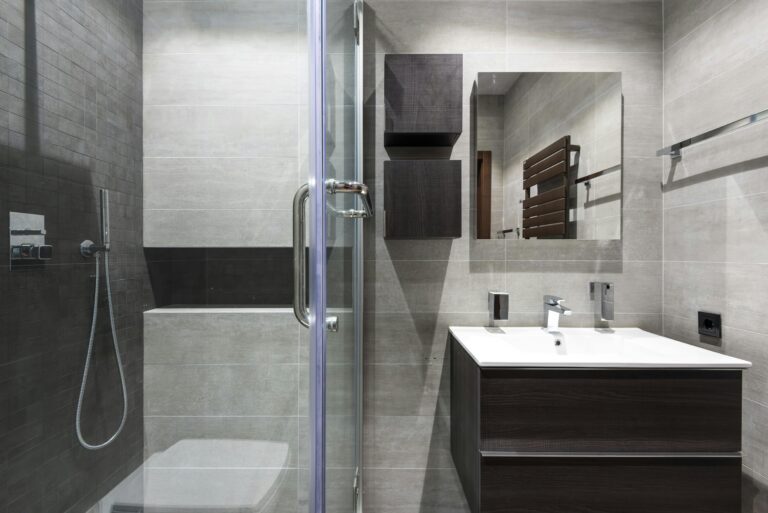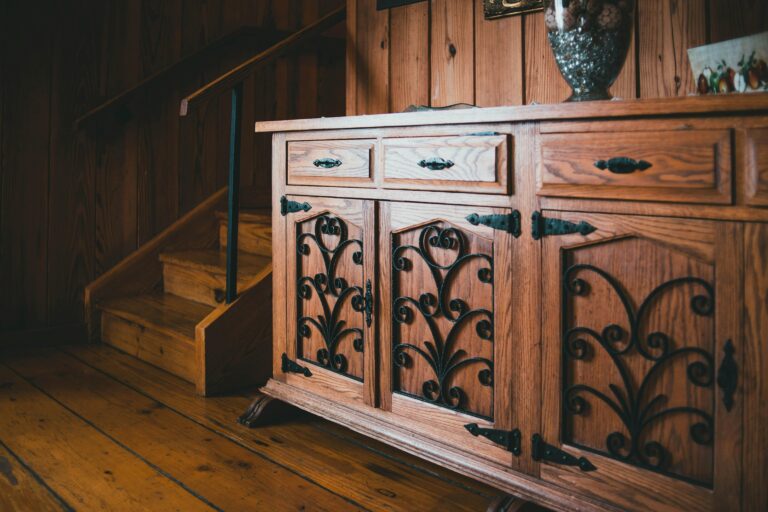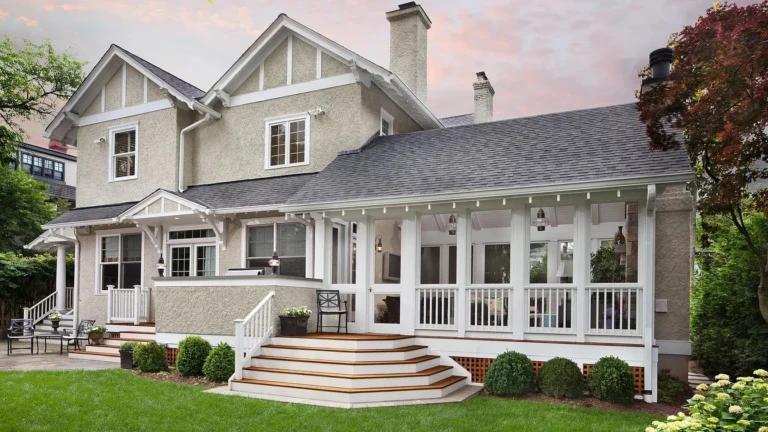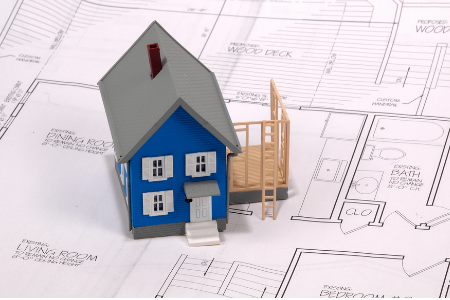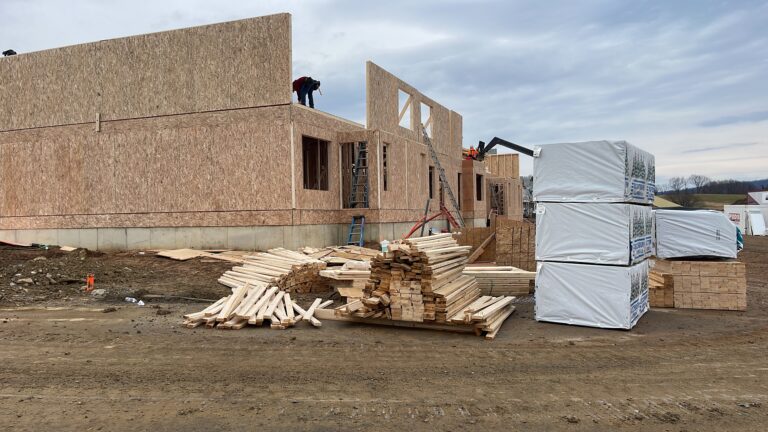Smart Space Solutions: How Custom Home Additions Elevate Functionality and Resale Value
The Importance of Solid Framing in Home Remodeling
Framing is the skeleton of your home, dictating structural integrity and spatial flow. Whether you’re adding a room or renovating a basement, precise framing ensures walls, ceilings, and floors can bear weight and meet building codes. Use kiln-dried lumber to prevent warping, and always double-check measurements with a laser level. For example, a poorly spaced stud can lead to drywall cracks or uneven cabinetry. In a recent project, reinforcing load-bearing walls with engineered beams allowed a homeowner to safely install a vaulted ceiling, transforming a cramped living area into an airy, modern space.
Drywall Installation: Achieving Smooth, Professional Results
Proper drywall installation requires attention to detail. Start by hanging boards vertically to minimize seams, and use coarse-thread screws for wood studs or fine-thread screws for metal. Key steps include:
- Leaving a 1/8-inch gap between panels to prevent buckling
- Applying joint compound in thin, even layers
- Sanding between coats for a seamless finish
For curved walls, lightly score the drywall’s backside to improve flexibility. A case study in a historic home showed that using mold-resistant drywall in a basement prevented moisture damage while preserving the structure’s charm.
Roofing Upgrades: Protecting Your Home from the Top Down
Your roof shields your home from weather, pests, and energy loss. Asphalt shingles are cost-effective, but metal or slate roofs offer superior longevity. Before installing new materials:
- Inspect the decking for rot or soft spots
- Ensure proper attic ventilation to prevent ice dams
- Use underlayment rated for your climate
In snowy regions, one homeowner avoided $5,000 in repairs by upgrading to a steep-pitched metal roof, which shed heavy snow buildup and reduced heating costs by 15%.
Basement Finishing: Maximizing Underutilized Space
Basements add livable square footage but require careful planning. First, address moisture with a vapor barrier and sump pump. Opt for moisture-resistant insulation and LED lighting to enhance brightness. For legal bedrooms, include egress windows. A split-level layout with a home theater and guest suite increased a property’s resale value by 20%, while built-in storage under stairs optimized functionality.
Interior Painting Techniques for a Flawless Finish
Quality painting elevates aesthetics and protects surfaces. Prep work is critical:
- Repair cracks with spackle and sand smooth
- Use high-adhesion primer on repaired areas
- Cut-in edges with an angled brush before rolling
For textured walls, choose a thicker nap roller. A recent client achieved a bold accent wall by applying chalk paint with a stencil, proving creativity can coexist with practicality.
Conclusion
Home remodeling projects like framing, drywall, roofing, and painting require strategic planning and skilled execution. Prioritize structural soundness, moisture management, and material quality to avoid costly fixes. Whether tackling a DIY basement finish or hiring pros for roofing, always obtain permits and follow local codes. Start with one project—like refreshing a room with paint—to build confidence. Remember, thoughtful upgrades not only enhance daily living but also boost your home’s long-term value. Your dream space is within reach with the right tools and knowledge.


